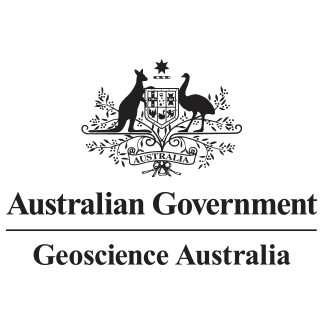Full description
This flythrough highlights shallow and mesophotic seabed environments of Elizabeth and Middleton Reefs, located within the Lord Howe Marine Park. These reefs are unique because they are the southern-most platform reefs in the world and host a diverse range of tropical, sub-tropical and temperate marine species. High-resolution multibeam bathymetry data and seafloor imagery used in this flythrough was acquired by the Marine Biodiversity Hub, during the period 31 January to 6 February 2020 on board the Australian Maritime College vessel, TV Bluefin. Participating agencies included Geoscience Australia, the Institute for Marine and Antarctic Studies (University of Tasmania), the Australian Centre for Field Robotics (University of Sydney) through their involvement with the Integrated Marine Observing System (IMOS), NSW Department of Primary Industries and Parks Australia. The specific aim of the survey was to fill knowledge gaps on the distribution, extent and structure of seabed habitats and associated sessile and mobile fauna in the lagoon and mesophotic shelves of Elizabeth (Recreational Use Zone) and Middleton (National Park Zone) Reefs, using a suite of national standard survey tools and best practice sampling procedures. Data acquisition for the project included seabed mapping using multibeam sonar (Kongsberg EM 2040C HD, 300 kHz), seabed imagery acquisition by Autonomous Underwater Vehicles (AUV Sirius and AUV Nimbus), sediment samples, and imagery of demersal fish communities by stereo-baited remote underwater videos (stereo-BRUVs).This work was undertaken by the Marine Biodiversity Hub, a collaborative partnership supported through funding from the Australian Government’s National Environmental Science Program (NESP), and Parks Australia. AUV data was sourced from Australia’s Integrated Marine Observing System (IMOS) – IMOS is enabled by the National Collaborative Research Infrastructure Strategy (NCRIS). It is operated by a consortium of institutions as an unincorporated joint venture, with the University of Tasmania as Lead Agent.
This multimedia product is published with the permission of the CEO, Geoscience Australia.
Lineage
Maintenance and Update Frequency: asNeeded
Statement: This multimedia product was created using multibeam bathymetry data and autonomous underwater vehicle imagery acquired by the Marine Biodiversity Hub in February 2020 (Survey GA4848).
Notes
PurposeScience communication, public outreach
Adopted: 03 06 2021
Issued: 01 10 2021
Data time period: 2020-01-31 to 2020-02-06
text: westlimit=112.00; southlimit=-44.00; eastlimit=154.00; northlimit=-9.00
Subjects
Autonomous Underwater Vehicle (AUV) |
Bathymetry |
Bathymetry Grid |
EARTH SCIENCES |
ENVIRONMENTAL SCIENCES |
Elizabeth and Middleton Reefs |
Mesophotic Coral Ecosystem |
Multibeam |
Published_External |
biota |
environment |
geoscientificInformation |
oceans |
User Contributed Tags
Login to tag this record with meaningful keywords to make it easier to discover
Other Information
Link to the Flythrough
Identifiers
- Local : pid.geoscience.gov.au/dataset/ga/145118
- global : 555e3a7e-0d95-4a9f-950b-dcc28eee9f03


